Problems associated with Prescriptive Operation of Race Tyres
- -
- -
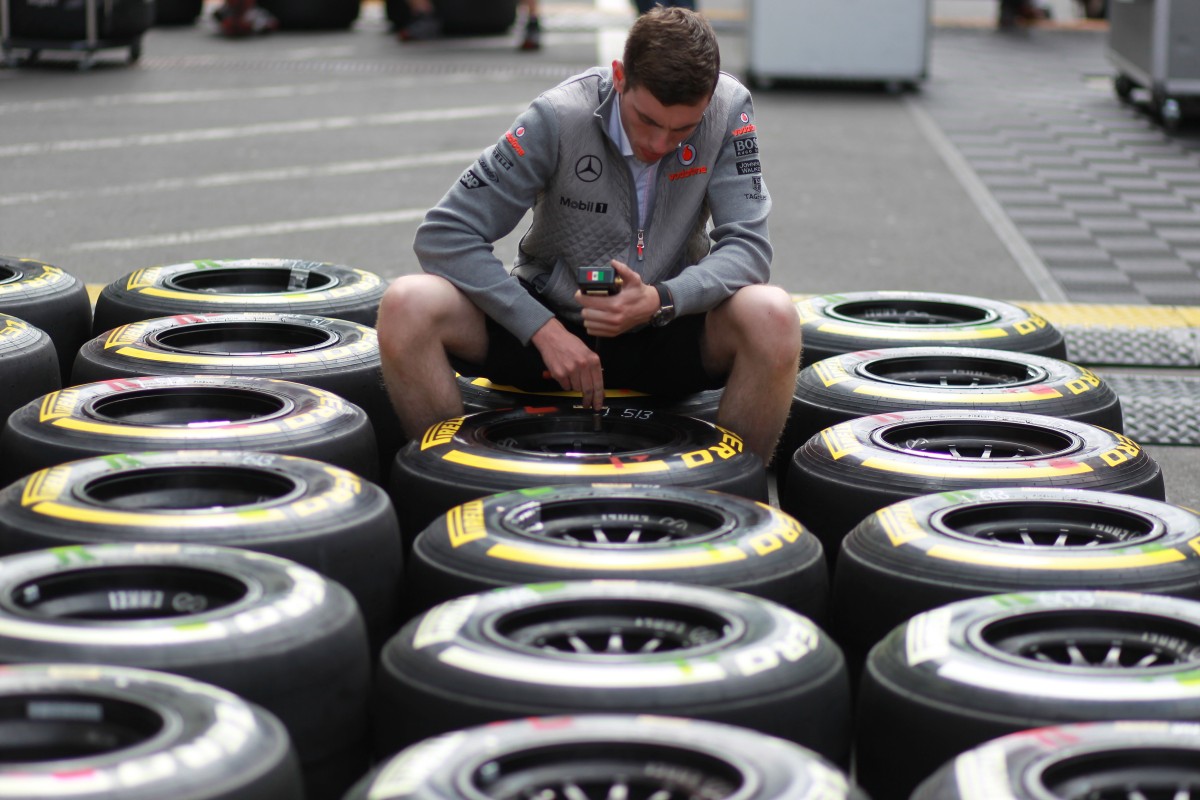
Turn 8, turn 8 he kept repeating. I remember a Grand Prix in
Turkey where our tyre supplier was very worried about the
durability of the right front tyre in the race, and when told we
would choose the softer of our available compounds (and the softest
in the pitlane) their Technical Chief looked me earnestly in the
eye and raised the question of safety. Eventually, as a team and
with the blessing of the supplier we managed the Race without what
we felt was excessive risk and finished. The team was uncompetitive
at the time with negligible chance of points, but this of course is
just one example of how it is always done regardless of position in
this environment.
That was a little under a decade ago and Formula One’s Sporting
Regulations saw fit to require all cars to complete their final
(single lap) Qualifying outing and the Race on the same set of
tyres. At times, when durability was more marginal, Silverstone or
Suzuka each being a case in point, the Racing spectacle was
actually quite exciting as a result. Just as Chapman used to
encourage that his cars should expire the moment they crossed the
finish line lest they be over-engineered, the aim for tyre life was
often the same.
In other words and as we all know, there always has been and likely always will be a compromise between tyre durability and extracting the maximum possible performance. It is in the intersection of these two sets of operating conditions that teams are constantly aiming to work. Clearly then if a set of operating conditions are to be imposed it will be extremely unlikely that they can lie fully in the right area for every set of circumstances and so can be expected to be put under pressure in whatever form they might take.
At present in F1 the focus would appear to be on constraining operating camber, pressure and artificial heating, with extension of the tyre life not mentioned in recent documentation.
Beginning with camber the FIA and Pirelli are faced with a difficult problem in that it is a quantity that is not dynamically measured. That is in order to specify a maximum dynamic camber at end-of-straight, one is reliant on calculation in order to determine a figure for camber. This is one of the reasons that such a constraint, which has been discussed frequently in the past, has always been avoided. To compound the problem there are large potential inaccuracies brought about by compliance in the suspension, and further in the wheel rim (something itself very difficult to verify by measurement). If these issues can be overcome to a satisfactory extent there is the variation in the initial setup measurement, typically +/- 0.1deg. or 6’ and of the frame of reference. What you are calculating is camber relative to the reference plane of the car but of course the road itself is never perfectly flat…
Briefly turning to pressure the challenges facing the teams and the FIA are again considerable. What, for example constitutes a breach of the requirements, and so how much further margin must be allowed?
It is a working assumption that nitrogen used to inflate the tyres behaves as a perfect gas and so PV=RT, which implies a 2deg.C drop in track temperature would result in a 0.1psi drop in pressure. Of course it is not a perfect gas in the cavity of the tyre and with the possibility of varying amounts of moisture in the inflated tyres it can be tricky to set tyre pressures in the most stable of conditions more repeatably than +/-0.2psi. Operating conditions are far from stable, with the temperature of the tyre changing pretty much constantly through it’s life as gauge wears away and the car behaves differently, brake temperatures vary and so on.
Another challenge has been created by both the starting pressure and stabilised pressure being defined, along with the heating cycle. The hotter a tyre is to start an outing obviously the nearer the starting pressure will be to the stabilised one, but with high track temperatures and tyre temperatures this will be increasingly ‘difficult’ or detrimental to performance if blanket temperature is restricted. If we restrict heating time, what happens if a session is Red Flagged, is it necessary to turn the blankets off? The changes in heating could realistically affect drivers’ ability to bring the tyres up to temperature in Qualifying under some circumstances. Perhaps further costly technical solutions will result.
Obviously after Silverstone measures and action are needed, but the current situation will be reliant on the skill and judgement of experienced individuals, which is a less preferable situation than complete objectivity.
This subjective effect could perhaps be illustrated by the fact
that the Caterham and Marussia cars suffered no tyre issues at
Silverstone. It’s circumstantial, but isn’t it likely that cars
that don’t put as extreme loads through their tyres for one reason
or another will suffer fewer problems? This is the same argument
that dictates representative testing for Pirelli just expressed in
another form. One size cannot fit all, so a set of rigid
prescriptions is not necessarily a completely fair implementation
of safe tyre operation as well as being tricky to enforce.
Perhaps the ideal engineering solution to such a problem would lie in a replacement model, or damage model of the tyres that extends what is already done for the tyres performance life to it’s constructional integrity as well, but this is perhaps some way off.
Returning to my opening example though, we can see
that there is likely to be an ongoing negotiation in order to
determine exactly what is an isn’t possible and practical in the
operation of tyres in Formula 1, since after all the number one
priority for both sides is safety and that will be a constant, it
is only after this that requirements might begin to diverge.
You can find more on Dominic Harlow by visiting his website here




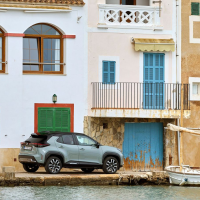

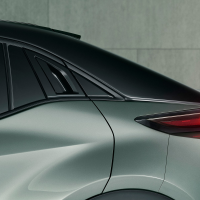



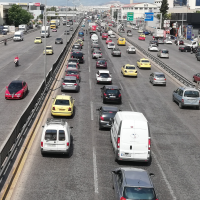

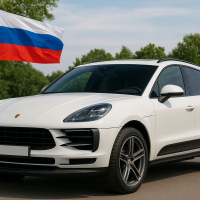



 και στη συνέχεια 'Προσθήκη στην οθόνη αφετηρίας'
και στη συνέχεια 'Προσθήκη στην οθόνη αφετηρίας'